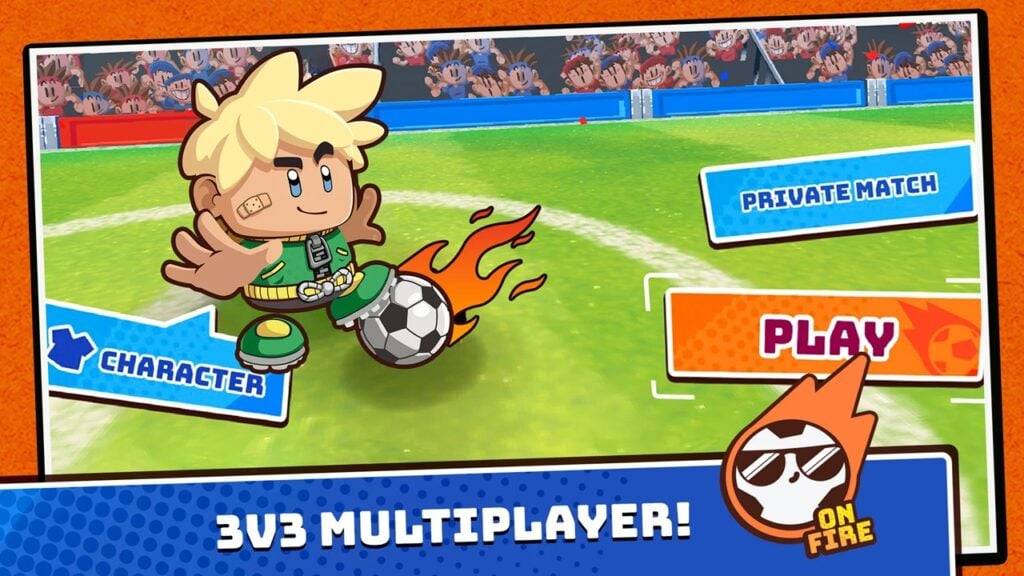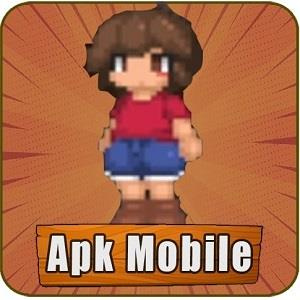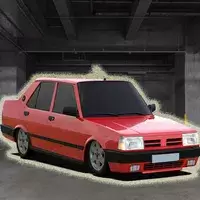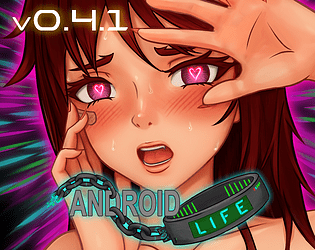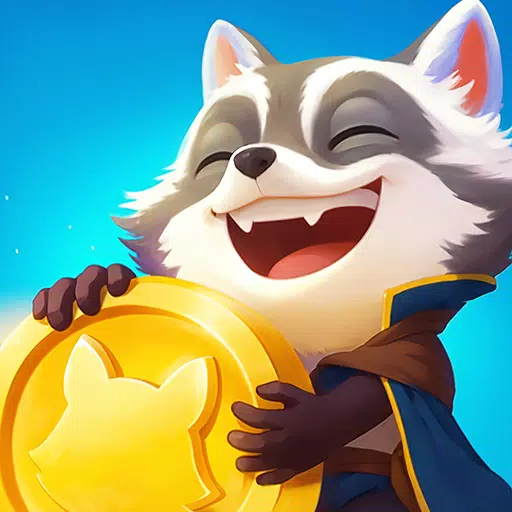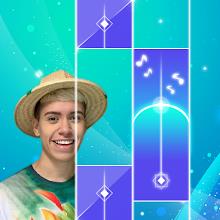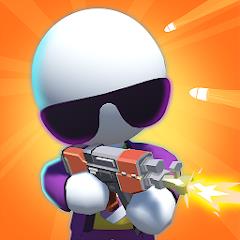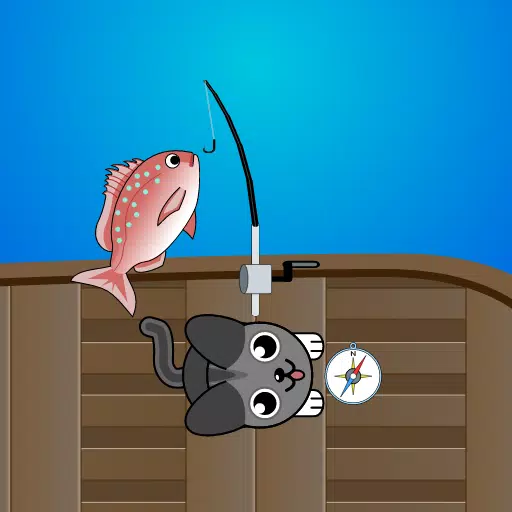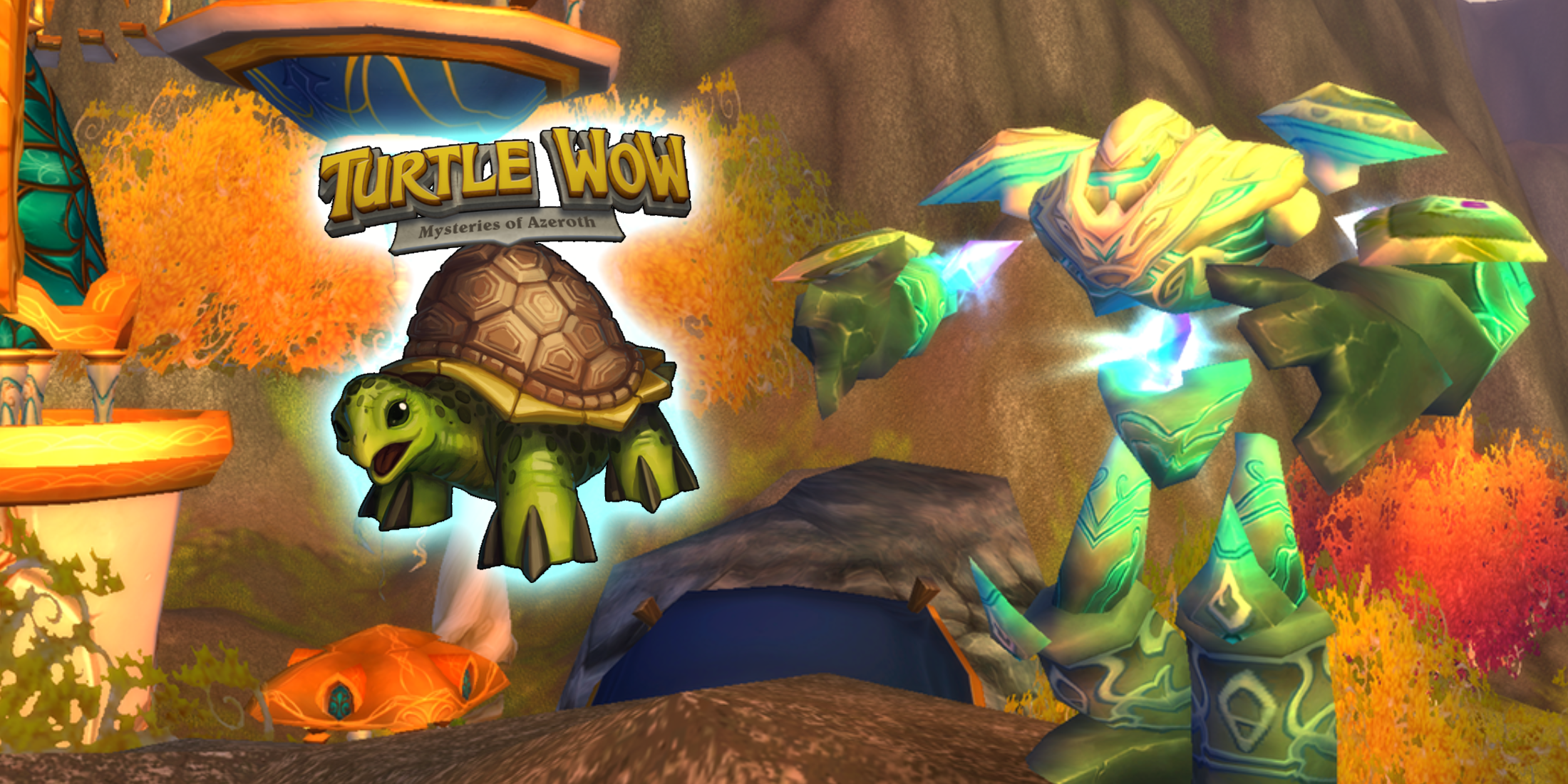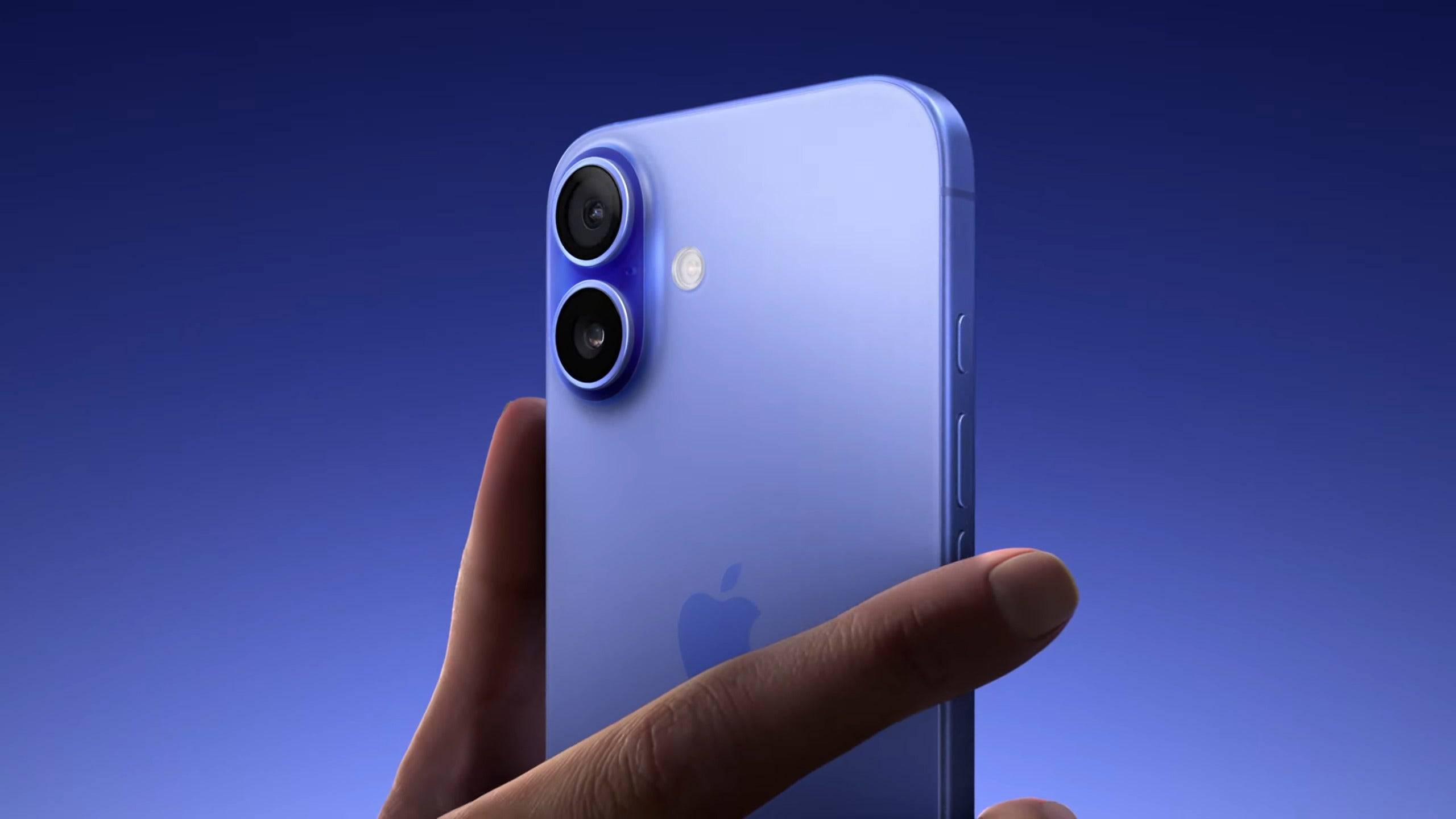Minecraft's Legendary Journey: The Full Story
Minecraft is renowned as one of the world's most beloved video games, yet its journey to stardom was anything but straightforward. The saga of Minecraft kicked off in 2009, evolving through various development phases and captivating a broad spectrum of players. In this article, we delve into how a single individual crafted a cultural phenomenon that revolutionized the gaming industry forever.
Table of Content ---
- Idea and First Implementation
- Active Audience Recruitment
- Official Game Release and Success on the International Stage
- Version Chronology
Idea and First Implementation
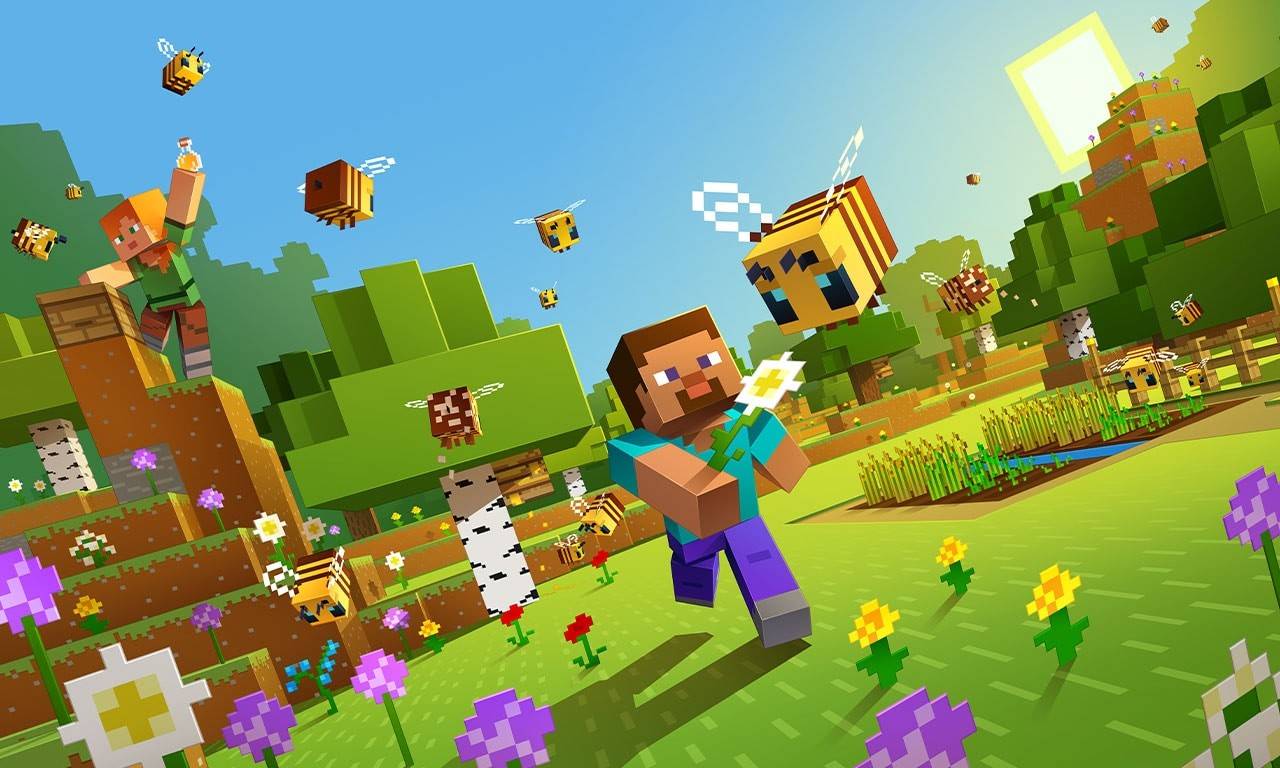 Image: apkpure.cfd
Image: apkpure.cfd
The story of Minecraft originated in Sweden, spearheaded by Markus Persson, known online as Notch. In interviews, he cited games like Dwarf Fortress, Dungeon Keeper, and Infiniminer as inspirations. Notch's vision was to create an open-world game where players could build and explore without limits.
The initial alpha version of Minecraft was launched on May 17, 2009, during a break from his job at King.com. This basic pixelated sandbox was introduced via the official game launcher and quickly caught the industry's eye due to its innovative building mechanic. Players flocked to explore and expand upon Markus Persson's burgeoning world.
Also read: Minecraft journey in invisible form: an overview of the invisibility elixir
Active Audience Recruitment
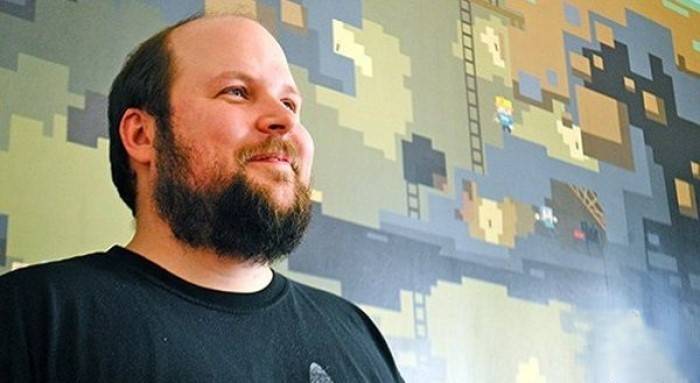 Image: miastogier.pl
Image: miastogier.pl
Word of mouth and online player posts fueled Minecraft's meteoric rise in popularity. By 2010, the game transitioned into beta testing, and Notch founded Mojang to focus exclusively on the sandbox's development.
Minecraft's allure stemmed from its groundbreaking concept and the endless creative possibilities it offered. Players constructed everything from personal homes to iconic landmarks and entire cities, marking a significant shift in gaming culture. A pivotal update introduced Redstone, enabling the creation of intricate mechanisms.
Official Game Release and Success on the International Stage
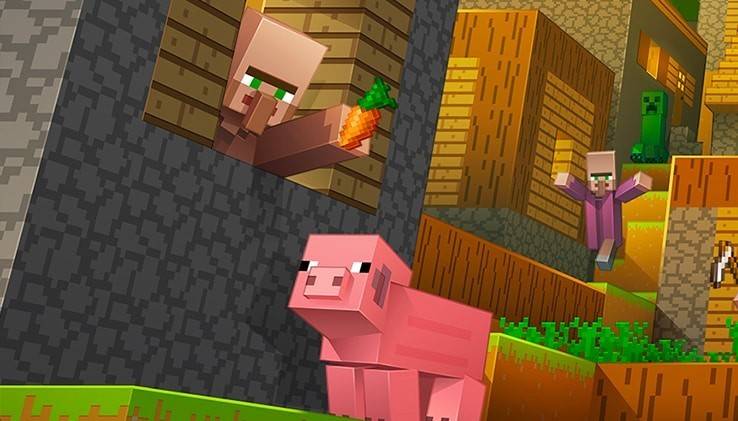 Image: minecraft.net
Image: minecraft.net
The official launch of Minecraft version 1.0 on November 18, 2011, marked a milestone with a community boasting millions. This vibrant fan base fostered a culture of mods, custom maps, and educational initiatives.
In 2012, Mojang extended the game's reach to consoles like the Xbox 360 and PlayStation 3, drawing in console gamers. The game became a favorite among children and teens, blending fun with learning through their creative projects.
Version Chronology
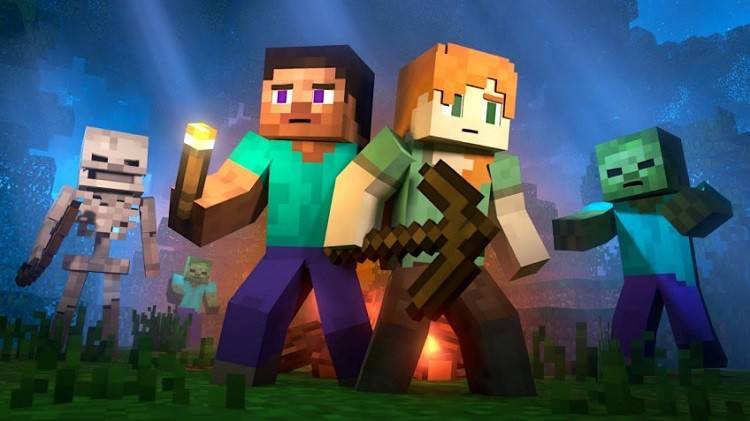 Image: aparat.com
Image: aparat.com
Here’s a summary of the key versions of Minecraft post-release:
| **Name** | **Description** |
| Minecraft Classic | The original free version of Minecraft. |
| Minecraft: Java Edition | Lacks cross-platform play. The Bedrock Edition has been integrated into the PC version. |
| Minecraft: Bedrock Edition | Supports cross-platform play with other Bedrock versions. The PC version includes Java. |
| Minecraft mobile | Allows cross-platform play with other Bedrock versions. |
| Minecraft for Chromebook | Available on Chromebooks. |
| Minecraft for Nintendo Switch | Includes the Super Mario Mash-up kit. |
| Minecraft for PlayStation | Supports cross-platform play with other Bedrock versions. |
| Minecraft for Xbox One | Includes partial Bedrock features. No longer updated. |
| Minecraft for Xbox 360 | Support ended after the Aquatic Update. |
| Minecraft for PS4 | Includes partial Bedrock features. No longer updated. |
| Minecraft for PS3 | Support discontinued. |
| Minecraft for PlayStation Vita | Support discontinued. |
| Minecraft for Wii U | Features off-screen play. |
| Minecraft: New Nintendo 3DS Edition | Support discontinued. |
| Minecraft for China | Exclusive to China. |
| Minecraft Education | Tailored for educational use in schools, camps, and clubs. |
| Minecraft: PI Edition | Designed for education, runs on Raspberry PI. |
Such is the storied history of Minecraft. Today, it transcends the realm of mere gaming, forming an ecosystem that encompasses vibrant communities, YouTube channels, merchandise, and even official competitions where players race to build structures. The game continues to evolve with regular updates introducing new biomes, characters, and features, keeping the community engaged and the game ever-fresh.
-
Halfbrick Studios has launched a new title for Android. The developer is famous for hits like Fruit Ninja, Dan the Man, Jetpack Joyride, and Battle Racing Stars. This latest release, Halfbrick Sports: Football, is a fast-paced 3v3 arcade soccer experAuthor : Zoey Dec 19,2025
-
EA and Maxis have unveiled an exceptional 25th-anniversary celebration for The Sims franchise. Both The Sims 1 and The Sims 2 are making a triumphant return to PC through two Legacy Collections and a special bundle package.Digital Rebirth of ClassicAuthor : Hazel Dec 19,2025
-
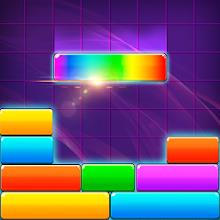 Magic Blocks: Puzzle DropdomDownload
Magic Blocks: Puzzle DropdomDownload -
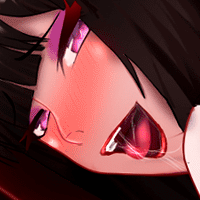 Hitomi's Sick PleasureDownload
Hitomi's Sick PleasureDownload -
 Barber Shop - Simulator GamesDownload
Barber Shop - Simulator GamesDownload -
 Move-it! Charades (Mexa-se!)Download
Move-it! Charades (Mexa-se!)Download -
 Skibidy Toilet Music Tiles HopDownload
Skibidy Toilet Music Tiles HopDownload -
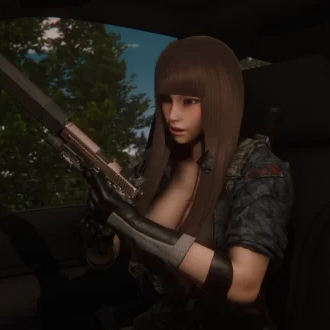 AstreonDownload
AstreonDownload -
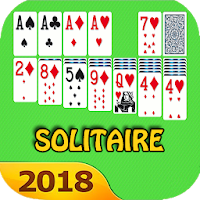 Classic Solitaire Collection - Best Card GamesDownload
Classic Solitaire Collection - Best Card GamesDownload -
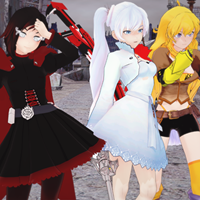 RWBY Rise Of The White FangDownload
RWBY Rise Of The White FangDownload -
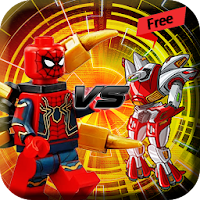 Spider Lego Battle TransformDownload
Spider Lego Battle TransformDownload -
 Pocket Land ModDownload
Pocket Land ModDownload
- Wuthering Waves: Uncover the Secrets of Whisperwind Haven's Palette
- Mastering Two-Handed Weapons in Elden Ring: A Guide
- Roblox Simulator Codes: Unlock Exclusive Rewards!
- Top 25 Palworld Mods to Enhance Your Game
- Ultimate Guide to Shinigami Progression in Hollow Era
- Karl Urban Debuts as Johnny Cage in Mortal Kombat 2

